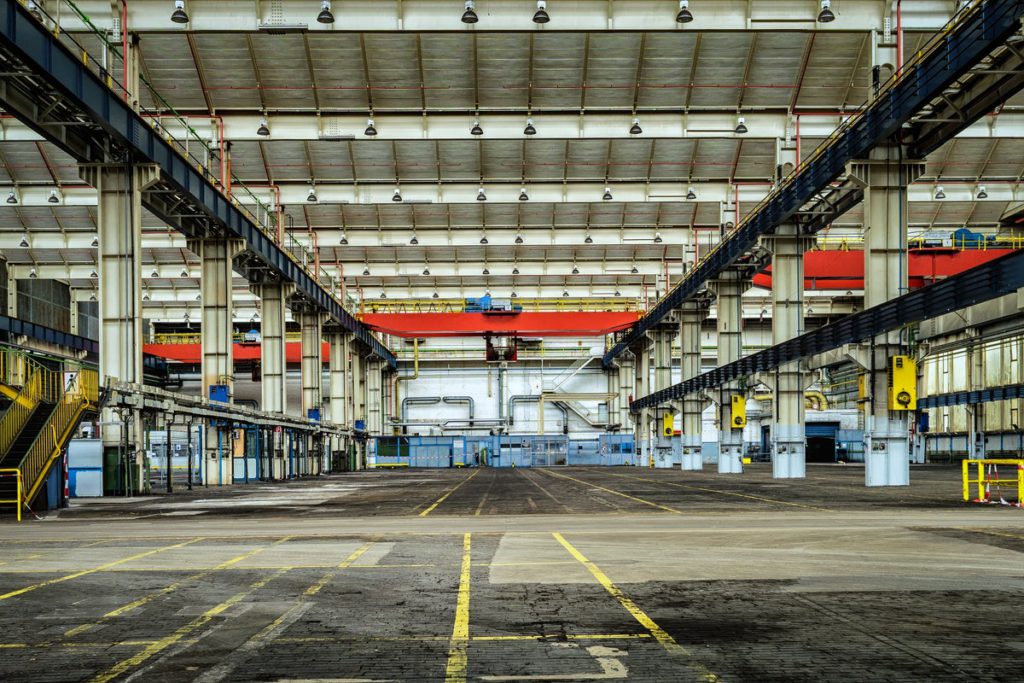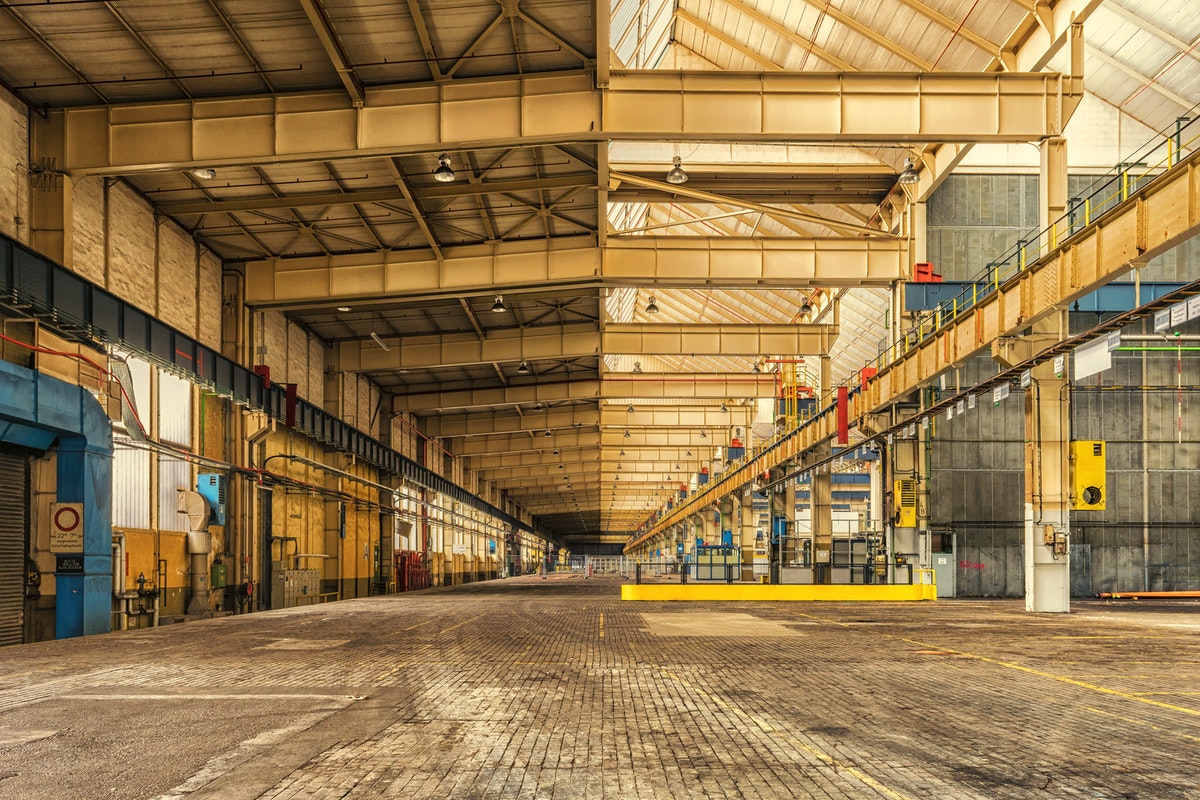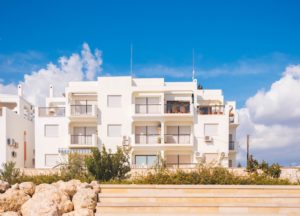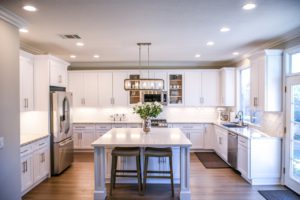How Shed Builders Build Indoor Arenas?
4 min read
You will want to avoid many pitfalls, so here are the Top Ten Indoor Arena Building Tips to prevent frustrations and help you turn that indoor arena you dream of into reality. Of course, building an indoor horse arena is the ultimate dream for every horse owner. However, for the most specialized operators, those who offer a full range of services, an indoor horse arena is essential to their overall client experience.
Indoor horse arenas provide a controlled, safe environment for training and riding year-round in different weather conditions. The best part is that steel-framed arenas are perfect in the winter and summer, as the surrounding area’s temperature can easily be adjusted to ensure a comfortable riding experience inside. However, fabric-covered buildings are more difficult to insulate and generally are not heated.
Like all Great Westerns buildings, we have never compromised on the quality and a building’s ability to resist structural loads and elements. The arenas at Great Western are designed for retrofitting for interior lighting, heating, and cooling — all things you might expect. Great Western’s stable structures are low-maintenance, secure buildings ideal for indoor horse show arenas, horse stables, barns with horse stalls, and practice facilities – and can be installed and shipped across the country. While generally less cost-competitive in smaller spans, steel-framed buildings are typically the preferred structure for larger arenas, where solid roofs and walls are desired.
They are building both post-frame and Steel Frame buildings, including horse buildings such as riding arenas, storage facilities, and stables. Structural buildings put modern technologies into an old-school, post-and-beam building technique to create stable, long-lasting, and stable-like interior horse arenas. Fabric buildings for equestrian applications can provide a clear-cut equine ring and a gated area for pedestrians, spectators, or storage.
 Custom-built steel equestrian arena buildings can be designed with room for horse stalls, riding areas, wash & storage areas, and workshops and offices. Because our steel ride arena buildings are entirely constructed from steel, our pre-engineered metal ride arenas need no treatment to combat wood decay or termites. In addition, the arena buildings may be designed specifically to fit a specific location and design, or they may be pre-engineered based on a set specification.
Custom-built steel equestrian arena buildings can be designed with room for horse stalls, riding areas, wash & storage areas, and workshops and offices. Because our steel ride arena buildings are entirely constructed from steel, our pre-engineered metal ride arenas need no treatment to combat wood decay or termites. In addition, the arena buildings may be designed specifically to fit a specific location and design, or they may be pre-engineered based on a set specification.
Pre-engineered buildings remove the engineering efforts of our industrial shed builders from purchasing an indoor arena. Before construction can start on your indoor arena, you will need a building permit from the local municipality and a building plan approved by an engineer. Before you can begin building, you will need plans approved by an engineer to make sure that the structure of the indoor arena meets the local building codes and zoning regulations.
Once you are familiar with ordinances, laws, and requirements to build, it is time to start mapping your arena. Your building will be designed to comply with codes for your intended use — crucial if you are planning on using your arena for community events such as rodeos or clinics. While you will get a better arena for horseback riding, there is no limit on public events you can host once your building is coded as a higher occupancy. It is critical to have your horse barns beams and whole structure professionally certified and designed by a licensed engineer, even if the local building department does not require any permits for farm buildings.
With a wide range of building companies and construction materials options, it is wise to consult professionals with expertise in indoor riding arena building. To make sure your investment in a new horse facility is worth it, use these design tips from experts as you plan and construct your riding arena. There is no one-size-fits-all approach to designing and building your indoor arena. Since it is one of the biggest investments farm owners can make, many factors must be considered to ensure that you walk away with a structure that meets your needs for years to come. Personal preferences, the arena’s dimensions and design, and the available expertise in your area may influence which arena you choose to build.
Building your covered arena may be a daunting project, and it is sure to take some time out of your main job, which is to train the horses. Ideally, the indoor horse arena design that you construct will be big enough to hold more than one horse and rider using it simultaneously. Smaller riding arenas may be built using wood frames, but anything with an optimal riding area will have to be made with a steel structure to support its more expansive roof. In addition to having a suitable surface built for horseback riding, using an appropriate base of sand and gravel, the inside needs to be made to maximize your indoor horse stall use.
Overall, an anonymous online survey began to develop our knowledge about indoor arenas and provided the foundation to conduct further studies from now on. Data queries were designed to explore the effects of age, region, arena construction costs, and environmental concerns on characteristics such as lighting, foot types, window numbers, arena dimensions, and definitions of an indoor arena.






